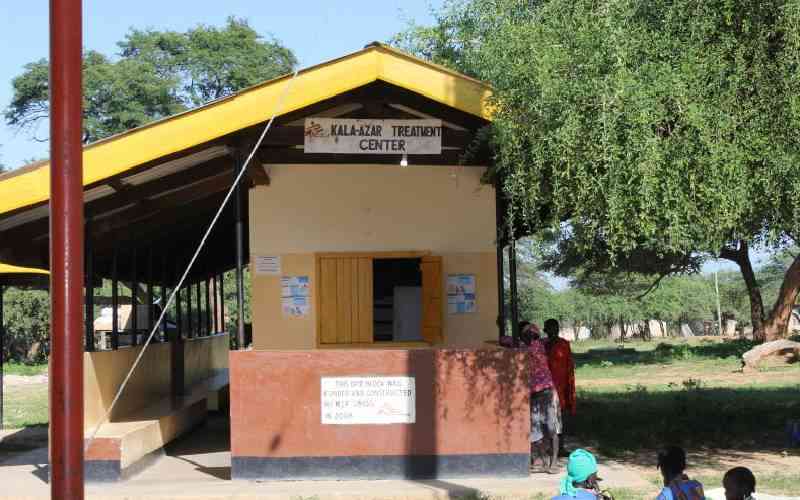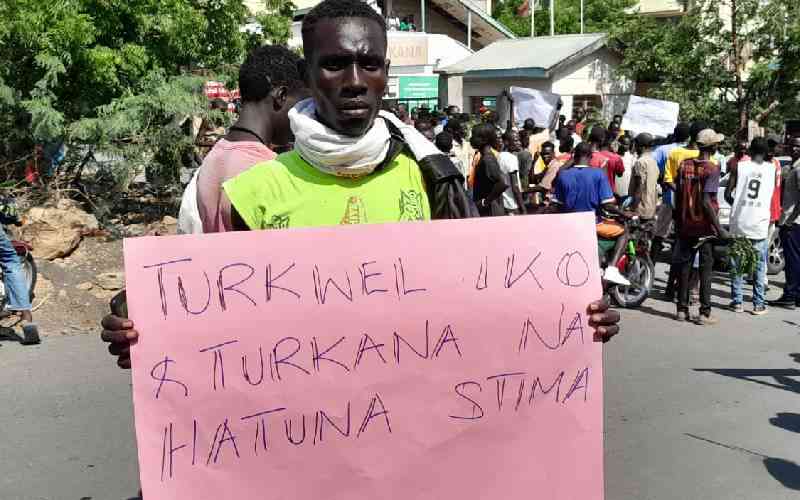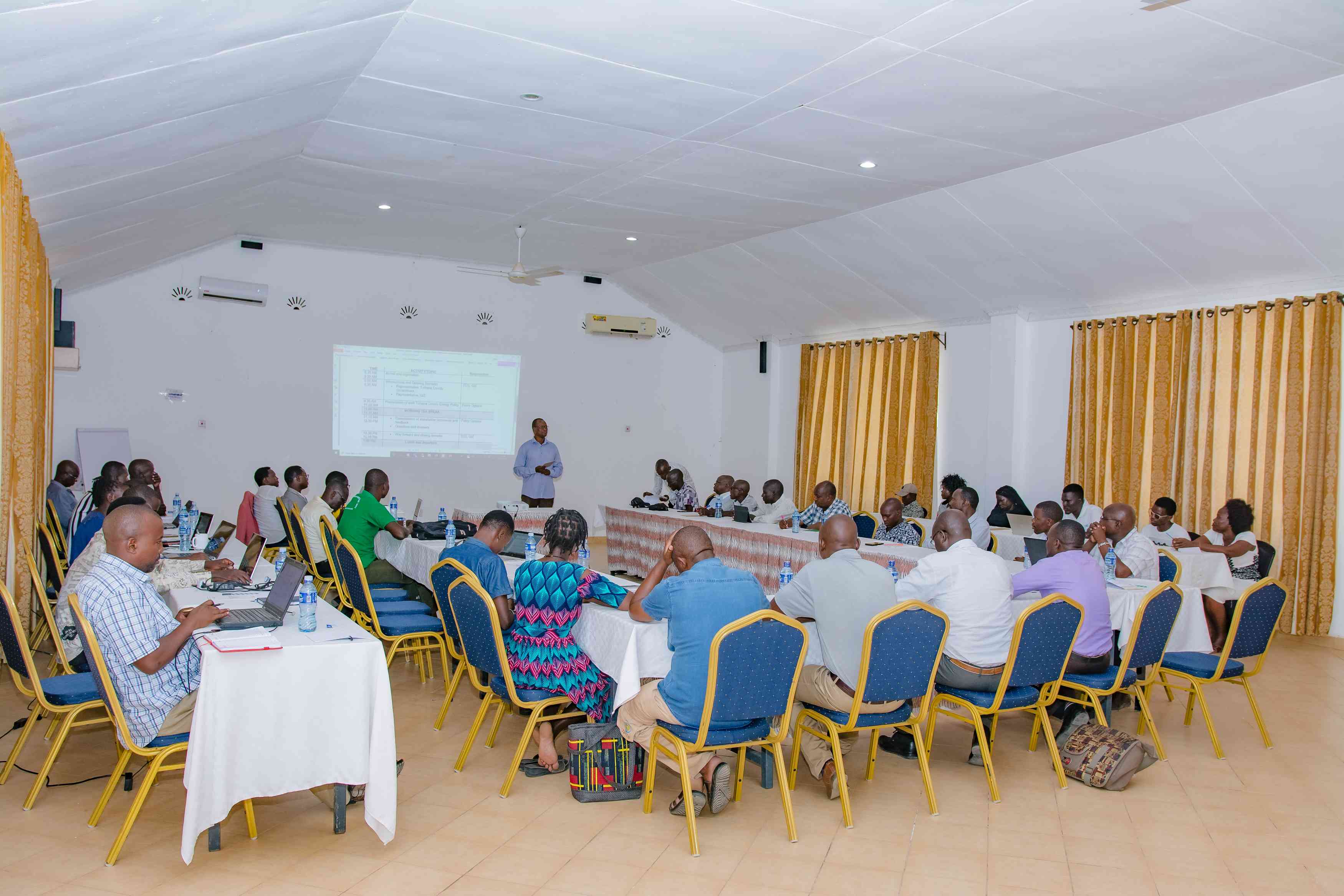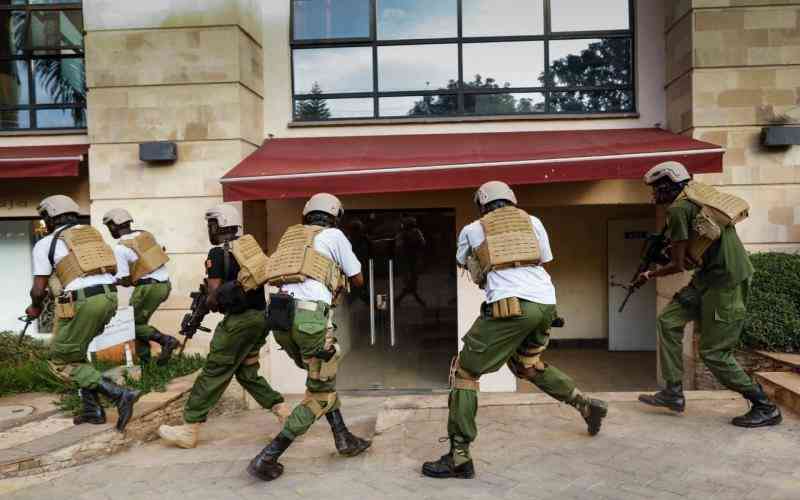
Literacy is a fundamental human right. It is the ability to read, write and comprehend basic text. Literacy entails being able to communicate effectively, think critically and solve problems. These competencies are a key component in the CBC. Of essence, literacy imparts knowledge and competencies in a specialised discipline. As Kenya celebrates International Literacy Day, it is important to reflect on the progress made.
One such progress is the contribution of Turkana University College in scaling literacy levels in Turkana County. The college in conjunction with Directorate of Adult Education has opened doors to adult learners who missed to access basic education during their formative years in order to acquire literacy and numeracy skills and advance in academics. It is also working with NGOs in the provision of Class Readers to primary schools to enhance literacy.
This year’s theme of promoting multilingual education resonates well with multilingualism which is a linguistic reality not only in Kenya but the world. Multilingualism is triglossic (coexistence of three languages within a population). Multilingualism has effects on people’s values, ideas, tastes and skills. It gives forth multiculturalism; a case that mirrors linguistic globalisation.
Amid the gains that come with literacy and the effort made in Kenya to realise high literacy levels, the country falls short of achieving favourable literacy percentages. Seychelles, South Africa, Tunisia, Zimbabwe, Zambia, Gabon and Namibia score highly in literacy in Africa ahead of Kenya.
The scenario is pathetic in the ASAL areas with eight out of 10 adults being illiterate and access to school for children remaining a mirage. Out of the 1.5 million school going children out of school in Kenya a greater percentage comes from Turkana County.
Turkana West, popularly known as Kakuma Refugee Camp, is home to refugees. Kakuma is home to people without a common language. There is a challenge in implementing the Language of Teaching. Classroom discourse is faced with lack of a common language, thus low literacy levels are posted.
Teachers do not understand the sociolinguistic profiles of the learners since refugees continue to arrive in Kakuma swelling classrooms and reducing teacher- learner contact time. Nomadic life and other cultural practices of the Turkana keep some children out of school. Boys defend the community from intruders while girls are the breadwinners in families. The girls are married off at an early age causing school dropouts.
Mitigative measures put in place by the government and the political class are yet to yield lasting peace. This calls for a paradigm shift in pedagogy and retooling of language teachers. New strategies for teaching, reading and writing should be embraced. Use of emojis and mobile classes may help to reduce illiteracy levels. Emoticons such as the emojis are currently trending since they seem to enjoy the monogenesis state that existed before the mythical Tower of Babel. Emojis link what is trending to excite and arouse interest in reading.
Emojis make communication brief and easy to learn. They substitute gestures, tone, voice and facial expression. Emoticons are guided by content and context and make learning fun. They are more inclusive since the hearing impaired are well integrated in communication without using a sign language interpreter hence transcend barriers to effective communication.
Dr Obwoge teaches communication skills and linguistic courses in Turkana University College
 The Standard Group Plc is a
multi-media organization with investments in media platforms spanning newspaper
print operations, television, radio broadcasting, digital and online services. The
Standard Group is recognized as a leading multi-media house in Kenya with a key
influence in matters of national and international interest.
The Standard Group Plc is a
multi-media organization with investments in media platforms spanning newspaper
print operations, television, radio broadcasting, digital and online services. The
Standard Group is recognized as a leading multi-media house in Kenya with a key
influence in matters of national and international interest.
 The Standard Group Plc is a
multi-media organization with investments in media platforms spanning newspaper
print operations, television, radio broadcasting, digital and online services. The
Standard Group is recognized as a leading multi-media house in Kenya with a key
influence in matters of national and international interest.
The Standard Group Plc is a
multi-media organization with investments in media platforms spanning newspaper
print operations, television, radio broadcasting, digital and online services. The
Standard Group is recognized as a leading multi-media house in Kenya with a key
influence in matters of national and international interest.










